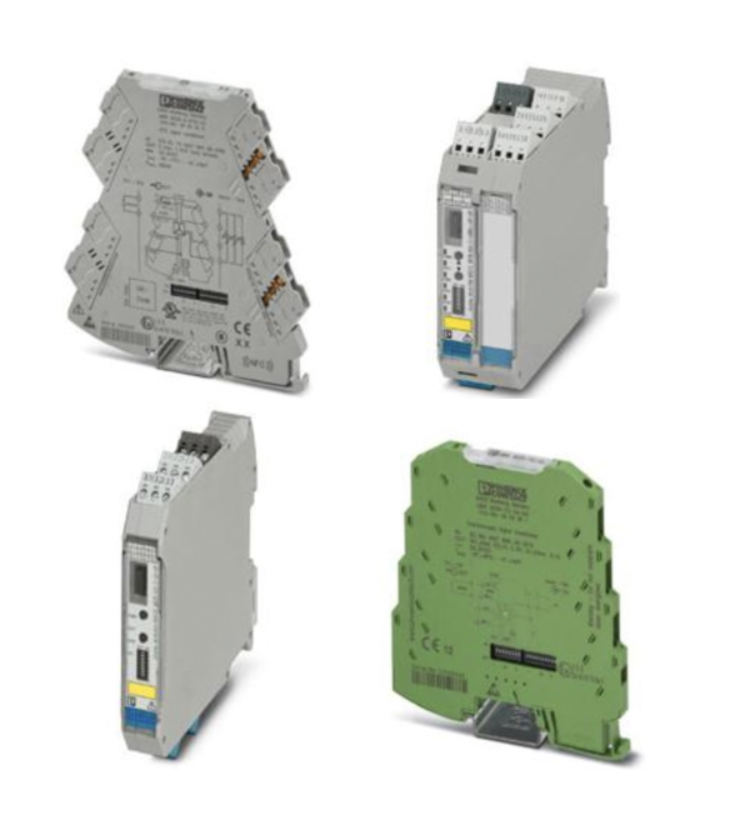Temperature Transmitters & Transducers

Essential devices that change signals from temperature sensors into standardized output signals are the temperature transmitters and temperature transducers. They take the input signal from sensors such as thermocouples and resistance temperature detectors (RTDs) and convert it into a linear analog output signal, like 4 to 20 mA, or a digital output signal that's ready for integration into control systems. These devices are mainly used in industrial applications, where reliable and accurate temperature measurement is critical for maintaining process efficiency and ensuring system performance.
Temperature transducers, while similar in function, often express the conversion of physical temperature into an electrical output signal. They serve as the intermediaries between the temperature sensor and the data acquisition system. Precision monitoring of temperature is essential in many systems for diagnostics, control, or safety. Unlike temperature sensors, which are either platinum RTDs or thermocouples, temperature transducers typically output a signal that jumps and/or changes state when a specific temperature is reached. In either case, these devices are essential for achieving accurate and consistent temperature measurements across various ranges and sensor types.
More Information about Temperature Transmitters and Transducers
A wide range of process control systems—especially those wherein temperature is central to product quality or safety—make use of either temperature transmitters or temperature transducers, which are suitable for a direct mounting or remote application, depending on system design and measurement range. Transmitters are a perfect solution for applications involving high-stakes circumstances—like oil and gas work and hazardous area applications—where sophisticated temperature measurement solutions with galvanic isolation, foundation fieldbus compatibility, and other advanced features provide protections and communication flexibility that transducers lack.
FAQs
What is the measurement accuracy and operational efficiency of temperature transducers?
The measurement accuracy of temperature transducers typically ranges from ±0.1°C to ±0.5°C, and their operational efficiency is enhanced by fast response times and reliable signal conversion, enabling precise temperature monitoring in various industrial applications.
Transmitters vs Transducers
Some of the most common types of transmitters and transducers can be found on pressure instruments. Examples of these include: drop-in well pressure devices and devices that measure the pressure in a pipe or gas chamber. Transmitters and transducers can also be found on flow and speed measurement devices.
What is the difference between transmitters and transducers?
The main difference is the way they send data to the monitoring device, like a PLC. In terms of measurement, the transmitter will reference a measuring unit by sending a milliamp signal (such as 4-20 mA). A transducer will reference a measuring unit by sending a voltage signal, typically in volts or millivolts.
Why have the two different types of transmission methods?
The method will depend on the application. If the electrical connection in the application travels a short distance, a pressure transducer is the better choice. Pressure transducers are smaller with fewer active electronic components that can be upset by electromagnetic interference. Also, the voltage signals transmitted over longer distances are subject to voltage drop and signal corruption. A transmitter is better for transmitting signals over a long distance.

